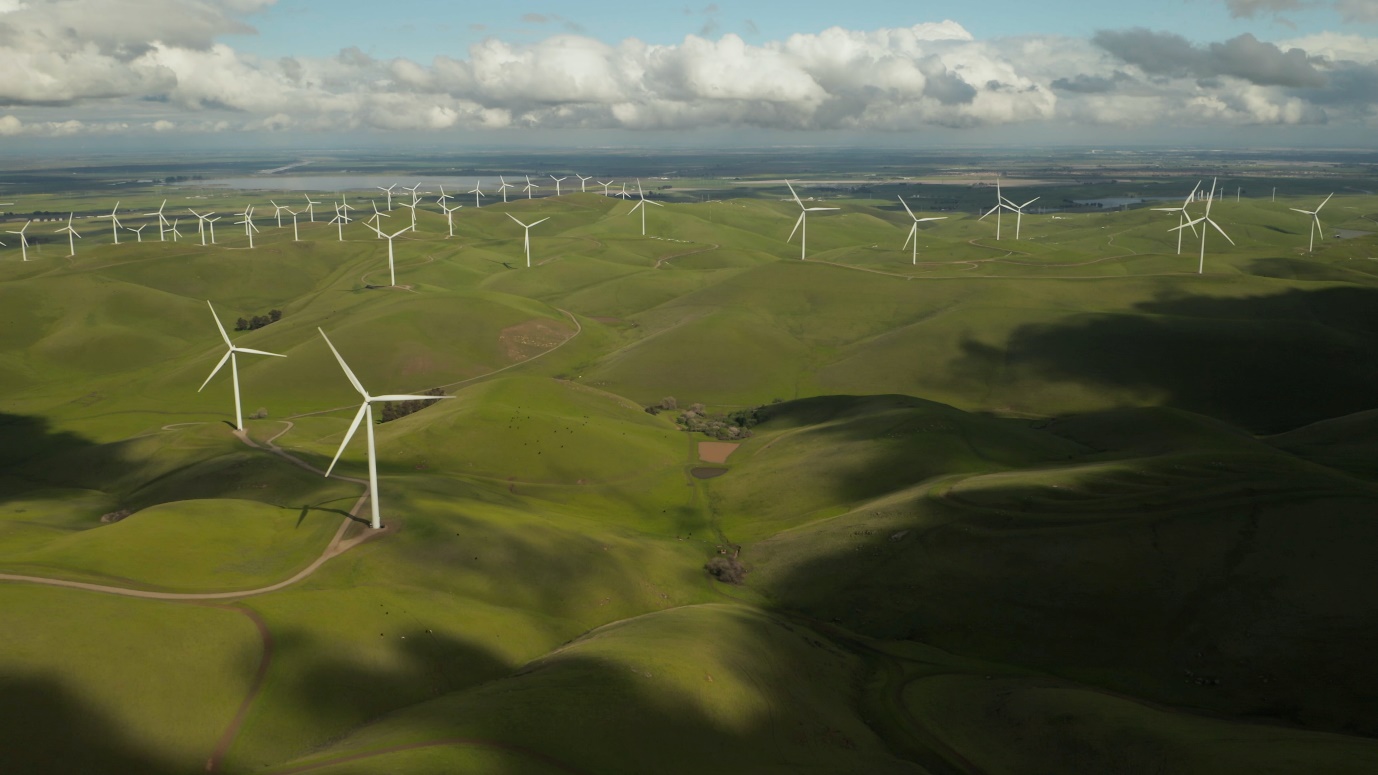
Source: https://unsplash.com/photos/ficbiwfOPSo
Great Britain has been at the forefront of green energy technology innovation for years. In fact, it’s been a major player in this field since the 1970s and 1980s, when a large number of homes were built with solar panels on their roofs to reduce their energy costs. Today, that trend continues as more British homeowners take advantage of solar panel options and other forms of renewable energy technology. Here are the most important green energy technologies that have been developed in this country:
Building-Integrated PV
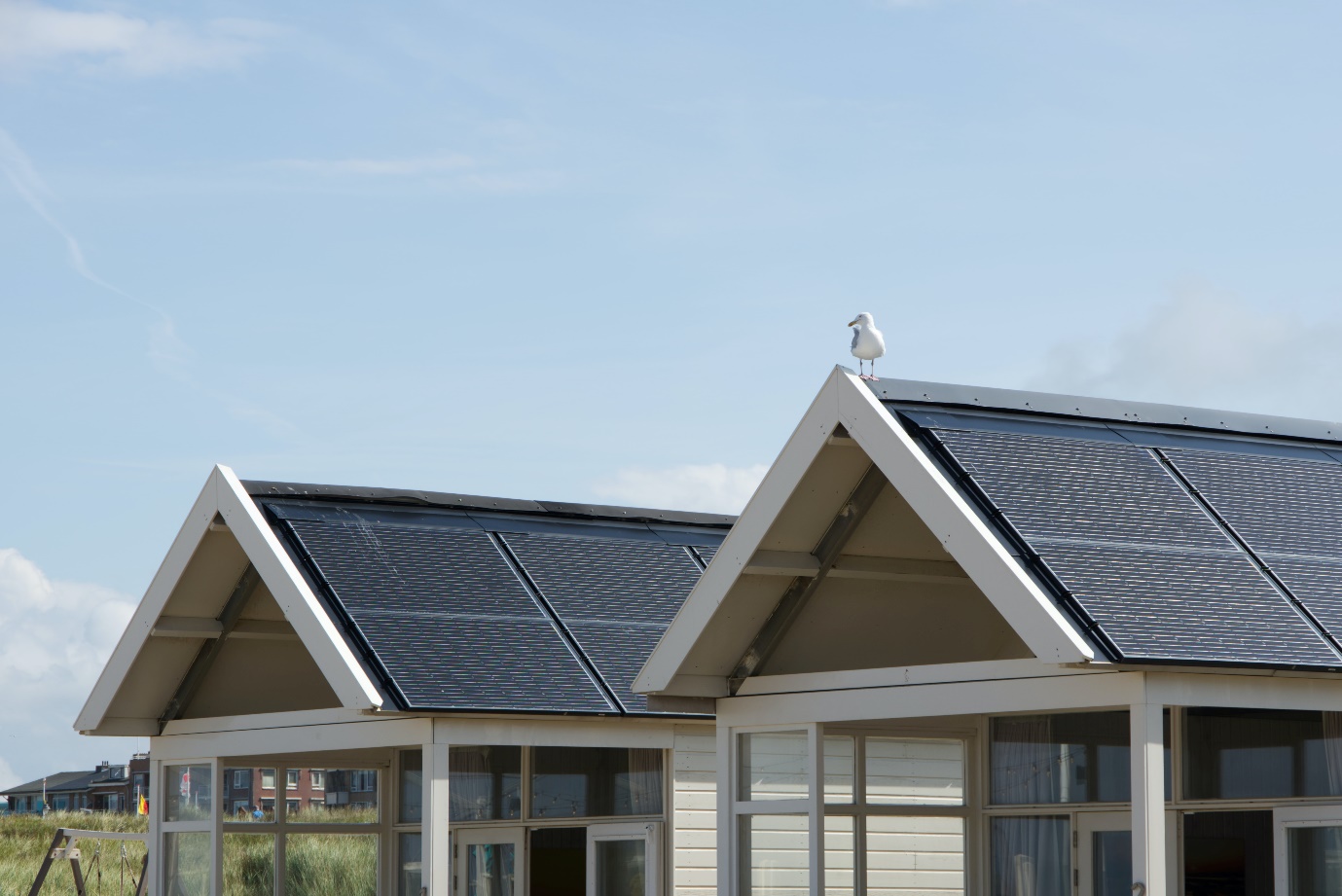
Source: https://unsplash.com/photos/6M9OhcblUHM
Building-Integrated PV is a technology that combines solar panels with the building’s design. This is an example of a green energy technology that is being developed in Great Britain.
Innovative ideas like this allow buildings to generate their own electricity and reduce their carbon footprint while beautifying cities by making them more attractive to visitors and residents alike.
Passivhaus

Source: https://www.flickr.com/photos/robpozodesigner/12982911553/
A research and consulting institute, The Passive House Institute, has developed a standard for energy-efficient buildings. This standard, known as Passivhaus, was created to address the challenges of building in Germany during WWII. It has become an international standard since then used by architects and designers worldwide who want to make more sustainable structures. Since 2009, more than a 1000 buildings have been certified to the Passivhaus Standard in UK.
Sustainable Transportation
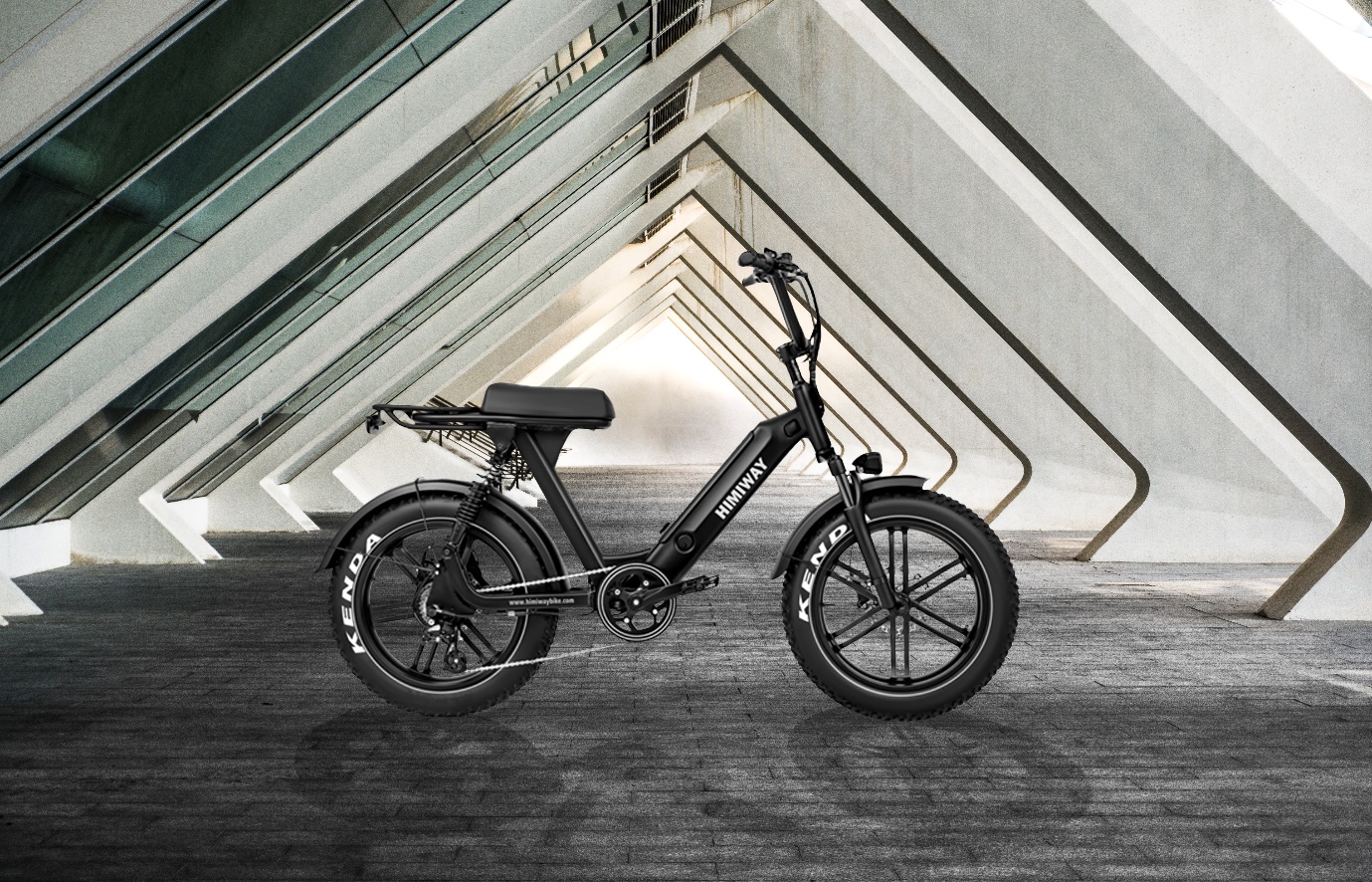
Source: https://unsplash.com/photos/nfBUBGOhhuM
The most popular form of sustainable transportation in Britain is Electric bicycles, with over 1 million sold annually. These bikes have become so popular that they have been banned in certain areas because they contribute to traffic congestion and air pollution. They also make it easier for people who use public transportation or walk to get around without worrying about parking fees or finding a space at their destination.
Smart Grid Technology
Smart grid technology is a system of computer-based devices and communication networks that work together to control and track the flow of electricity via the grid. The smart grid helps improve distributed electricity’s efficiency, reliability, and security. This includes wirelessly communicating with each other via radio frequency or optical signals. Smart Grid technology in the UK is a step towards transforming energy system and minimising consumer bills.
Renewable Energy Forecasting
Forecasting is a technology used to predict the amount of energy produced from renewable energy sources. Forecasting can be done using real-time data from the grid, historical data from the grid, or weather information.
For example, suppose you have access to real-time electricity consumption data and know the time of day. In that case, forecasting could help determine how much money should be spent on new solar panels or wind turbines to meet demand.
Innovative Wave Power
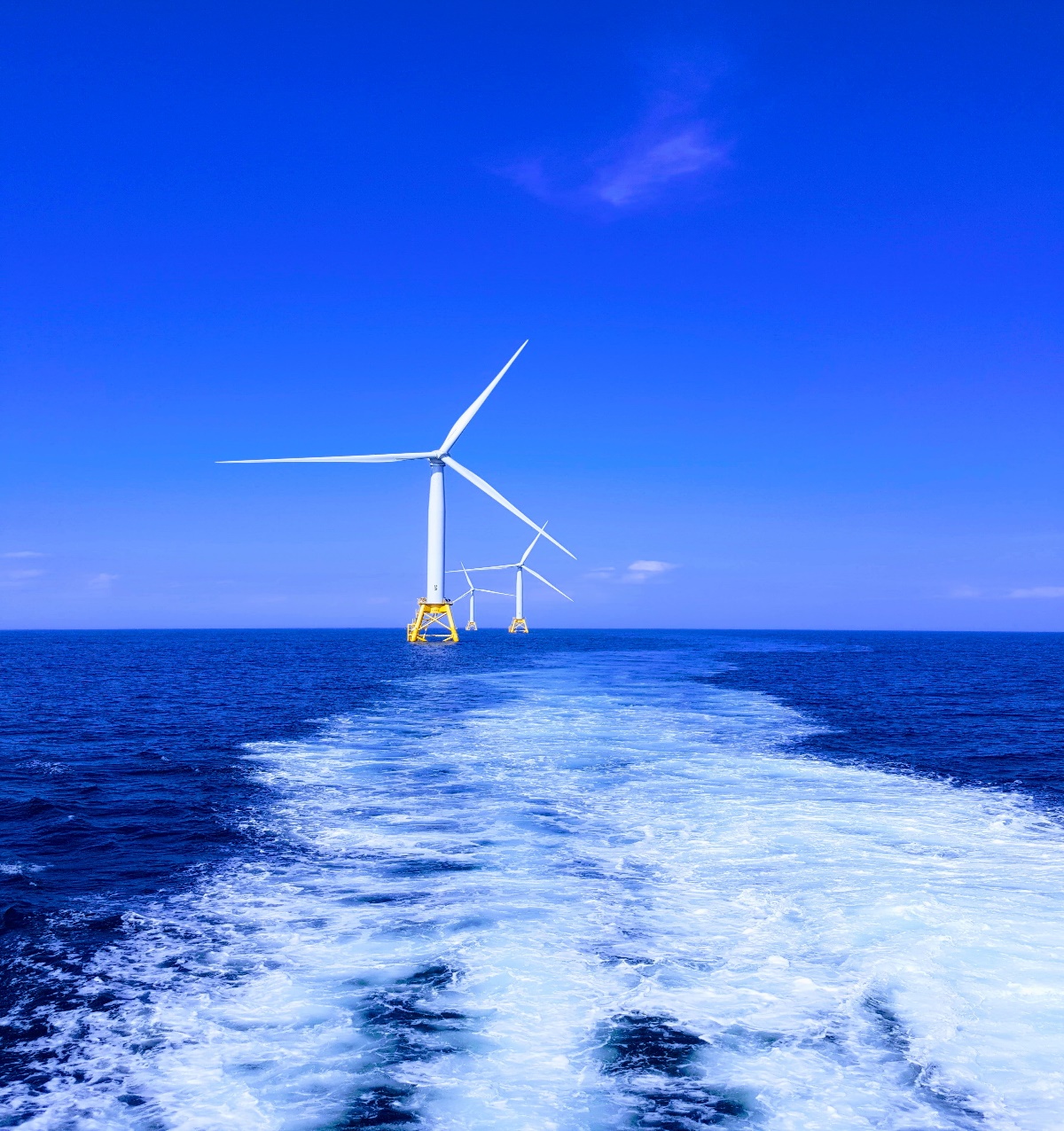
Source: https://unsplash.com/photos/nY_RHD44e_o
Wave power is a renewable energy technology that converts the energy of waves into electricity or other useful forms of power. It’s not a new idea, but it was never developed commercially because it was too expensive to install and operate. In Great Britain, however, researchers at Swansea University have developed a way to make wave energy more efficient by using a unique process called “tidal streamers.”
This new technology uses turbines attached directly to large sea vessels to capture moving water currents generated by incoming tides in shallow waters near shorelines (which range from about 50 meters deep).
Green Roofs
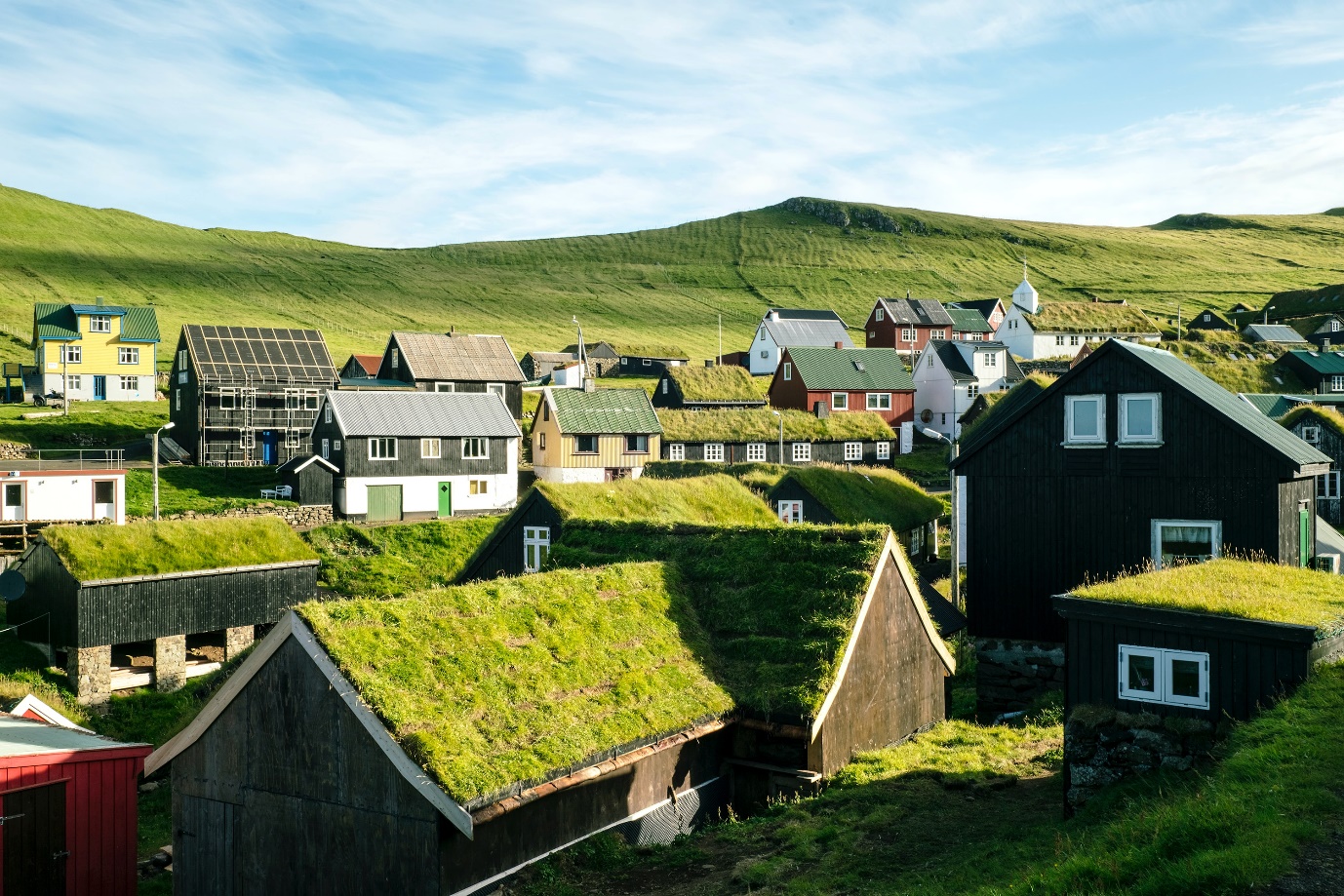
Source: https://unsplash.com/photos/jX5Nx1kSM8I
Green roofs are partially or entirely covered with vegetation and a growing medium, planted over a waterproofing membrane. Green roofs are typically designed to retain rainwater and provide insulation, reduce the urban heat island effect, and provide habitat for wildlife.
Some green roofs have been installed in public spaces such as parks or parking lots; however, they can also be installed on commercial buildings like offices, hotels, hospitals etc.
Conclusion
We’ve introduced you to a few of the most promising green energy technology innovations developed in Great Britain. Each of these innovations has its own advantages and disadvantages, but at the end of the day, they all share one thing in common: they all reduce our reliance on non-renewable resources like fossil fuels and nuclear power. The future is bright for these new technologies!
You Might Also Like: 5 British Railway and Railroad Technological Innovations, 7 Gadgets every Millennial Brit Remembers

Muhammad Asfandyar is a lawyer having extensive experience in creative content writing, proofreading, legal and academic research writing. He can be reached at asfandyar.edw@gmail.com
